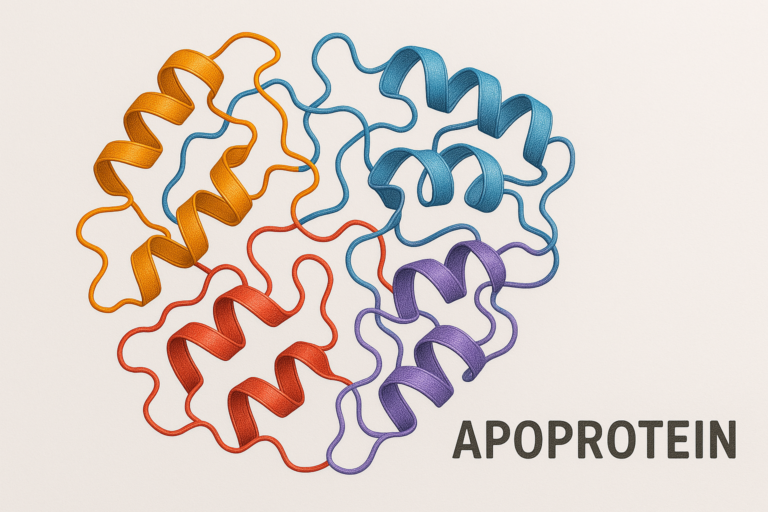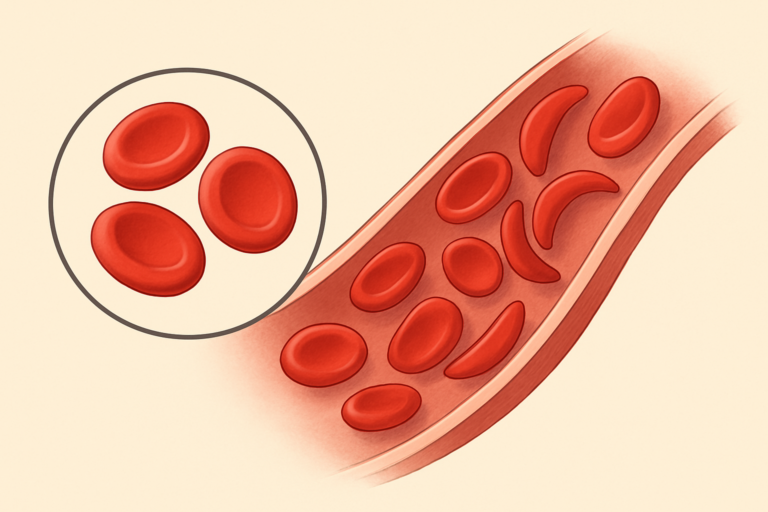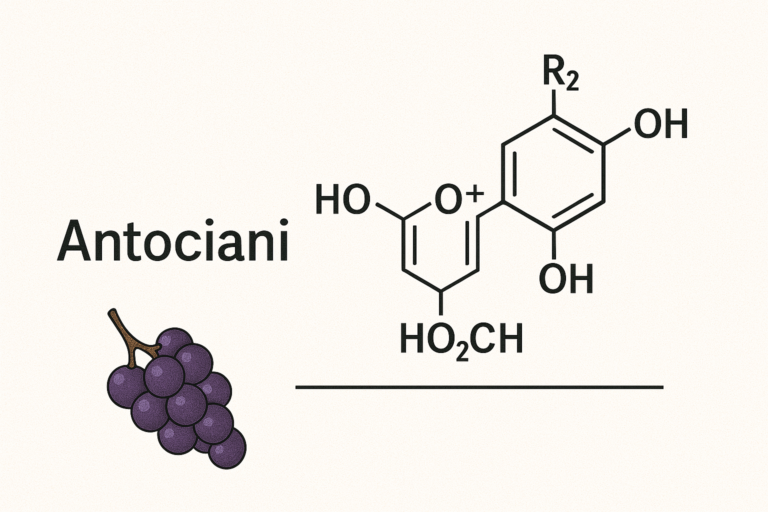It is the realm of food biology, a discipline that reveals the secrets of yeasts, bacteria, and other microorganisms and their fundamental role in producing what we eat. At the center of this world is a process as old as man: fermentation.
Imagine these microorganisms as little alchemists who transform sugars into myriad compounds, such as carbon dioxide, ethanol, and organic acids without oxygen. It is not a single reaction but a real family of processes.
Take lactic acid fermentation, for example: here, lactic acid bacteria, true masters of this art, convert sugars into lactic acid, giving yogurt, cheese, sauerkraut, and kimchi their characteristic flavor. But that’s not all! Lactic acid is also a formidable natural preservative, protecting foods from degradation. Recently, a study published in the Journal of Dairy Science showed that some strains of lactic acid bacteria isolated from traditional dairy products can even inhibit the growth of pathogenic bacteria such as Listeria monocytogenes!
And what about alcoholic fermentation? In this case, yeasts come into play, transforming sugars into ethanol and carbon dioxide. Think of bread, which rises thanks to the carbon dioxide produced by the yeast Saccharomyces cerevisiae, or wine and beer, where alcohol is the key element. Did you know that researchers at the University of California, Berkeley, are studying new yeast strains to produce beers with even more complex and sophisticated aromas? This is reported in an article published in Nature Biotechnology, which illustrates how genetic engineering can help create uniquely flavored beverages.

But the journey doesn’t end there. There’s acetic fermentation, where bacteria of the Acetobacter genus transform alcohols and sugars into acetic acid, the main component of vinegar. And then there’s alkaline fermentation, perhaps less known but fundamental for producing foods like Japanese natto. Speaking of natto, the journal Science recently published an interesting article on the beneficial properties of this fermented food, which is rich in vitamin K2 and potentially helpful for bone health.
So, who are these invisible protagonists? Lactic acid bacteria, for example, are actual “genes of good.” Not only do they produce lactic acid, but they improve the digestibility of foods, making them more nutritious. And some of them, imagine, can even break down bitter peptides, making cheese and other foods more palatable. The British Medical Journal published a meta-analysis confirming the effectiveness of probiotics in many fermented foods in reducing the symptoms of irritable bowel syndrome.
And yeasts? Saccharomyces cerevisiae is a true artist capable of creating a symphony of aromas and flavors. However, it is not the only one: other yeasts, such as Candida and Pichia, contribute to the organoleptic complexity of many products.
And then there are fungi, such as Aspergillus and Rhizopus, which produce enzymes capable of breaking down complex carbohydrates. In short, a veritable army of microorganisms at the service of taste and our diet.
Fermentation, dear friends, is a precious gift of nature. Since ancient times, man has exploited this process to preserve food, making it more durable and safe. Not only that, fermentation increases the digestibility and bioavailability of nutrients and enriches the flavor and aroma of foods.
Today, fermentation continues to be a pillar of our diet. Industrial production has developed alongside artisanal methods, using selected starter cultures to standardize products. But the charm of artisanal products, with their wealth of unique and unrepeatable flavors, remains intact.
Think of sourdough, a perfect example of artisanal fermentation. It is a living dough, a microcosm of lactic acid bacteria and yeasts that creates a bread with an inimitable flavor. And speaking of sourdough, did you know that a recent study published in PLOS ONE analyzed the microbial diversity of sourdoughs from different regions of Italy, discovering an incredible variety of microorganisms?
But fermentation is not just about taste and tradition. Fermented foods are also a panacea for our health. Many of them, in fact, contain probiotics, beneficial microorganisms that promote the balance of our intestinal microbiota, strengthen the immune system, and improve digestion.
And let’s not forget the organic acids produced during fermentation, which protect us from pathogenic microorganisms.
Of course, it is essential to ensure the food safety of fermented foods. Scientific research is at the forefront of studying microbial communities and developing new technologies to control and optimize fermentation processes.
Dear friends, the world of food biology is constantly evolving. The microbiomes of fermented foods will play an increasingly important role in our diet, offering us healthier, more nutritious, and personalized products.
So, let’s not take the food we eat for granted. Every bite contains a universe of stories, traditions, and knowledge—a universe just waiting to be discovered.
Food Biology Quiz
Test Your Food Biology Knowledge!
Answer the following questions to check your understanding of the article on the biology of food.







